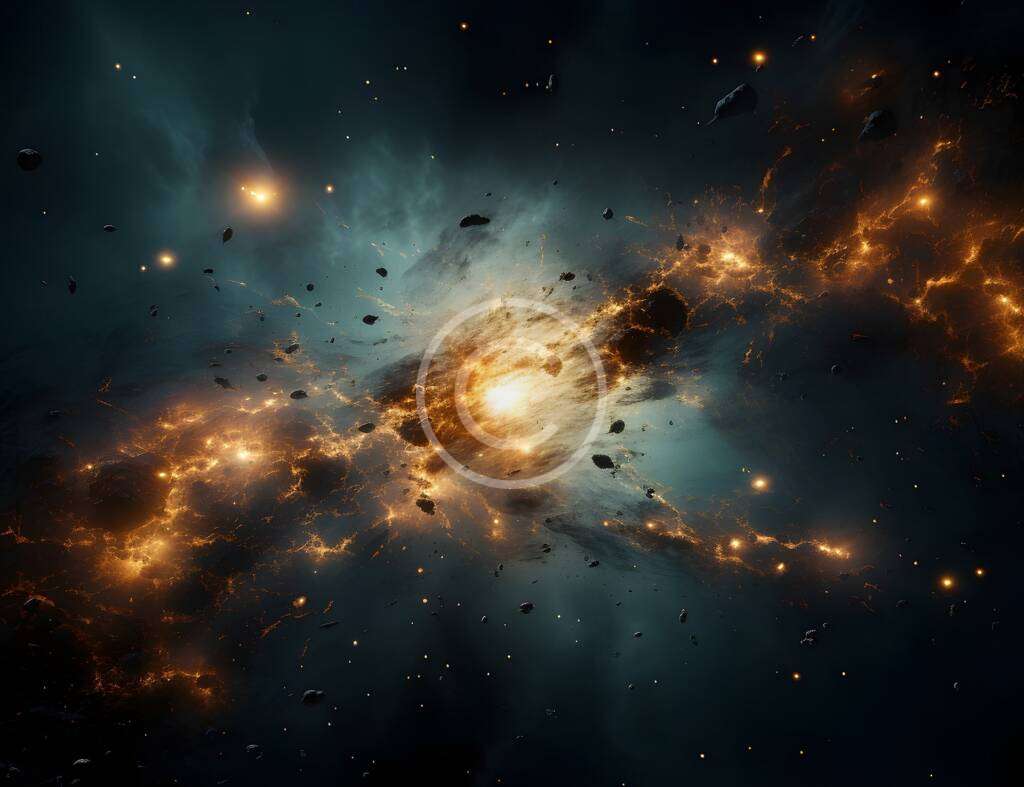When we look up at the night sky, we see stars scattered across a dark canvas — but what we’re really looking at are tiny parts of much bigger systems called galaxies. Galaxies are massive collections of stars, gas, dust, and dark matter, all held together by gravity. They are the building blocks of the universe and home to billions—even trillions—of stars.
What is a Galaxy?
A galaxy is like a city of stars. Some galaxies are small, with only a few million stars, while others are enormous, containing hundreds of billions. The stars you see at night belong to our own galaxy — the Milky Way, which is shaped like a spiral and contains our Sun and solar system.
Galaxies come in different shapes and sizes:
Irregular Galaxies have no definite shape and often result from galaxy collisions.
Spiral Galaxies (like the Milky Way) have swirling arms.
Elliptical Galaxies look like smooth, round balls of light.


How Far Are Galaxies?
Galaxies are incredibly far away. The nearest large galaxy to us is Andromeda, which is over 2.5 million light-years from Earth. That means the light we see from it today actually left that galaxy more than 2.5 million years ago!
Scientists study galaxies using powerful telescopes like the Hubble Space Telescope and the new James Webb Space Telescope.
How Do We Study Galaxies?
Scientists study galaxies using powerful telescopes like the Hubble Space Telescope and the new James Webb Space Telescope. These instruments capture light from distant galaxies and help us learn how the universe formed, how stars are born and die, and what mysteries still lie beyond.

Why Galaxies Matter
Studying galaxies helps us understand the universe and our place in it. It shows us that Earth is just a tiny part of a vast, ever-expanding cosmos filled with wonder and possibilities. It also raises big questions: Are there other planets with life? How did everything begin?
EINSAT Makes It Exciting
Through shows like “Apollo II” and other sky-based programs, EINSAT helps students explore these cosmic wonders in fun and easy-to-understand ways. With visuals, stories, and interactive experiences, we bring the concept of galaxies from the telescope to the classroom.
In Conclusion
Galaxies remind us of how vast and amazing the universe truly is. By learning about them, students not only gain scientific knowledge but also a sense of awe and curiosity that fuels their imagination and drives future discovery.

